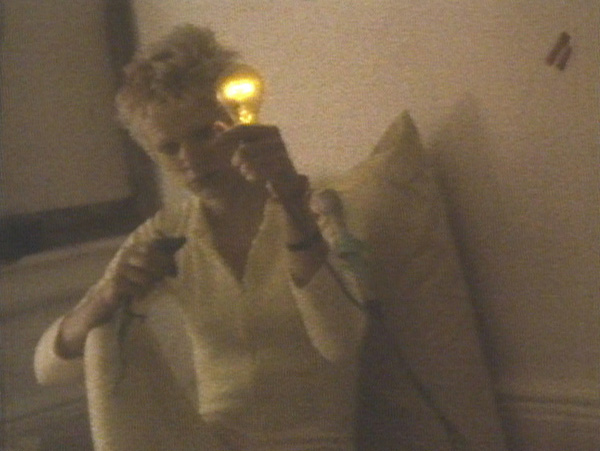09: Akerman / Dick / Green / Lertxundi
SELECTION 2017
A dialogue between new audiovisual works, older or rediscovered films and videos by artists and filmmakers who work in the expanded field of moving image practice.
_______________
Inspired by Laida Lertxundi’s sensuous and uncompromising cinema, this program brings together four films that celebrate the female gaze with irreverence and playfulness.
_______________
In the presence of Laida Lertxundi.



